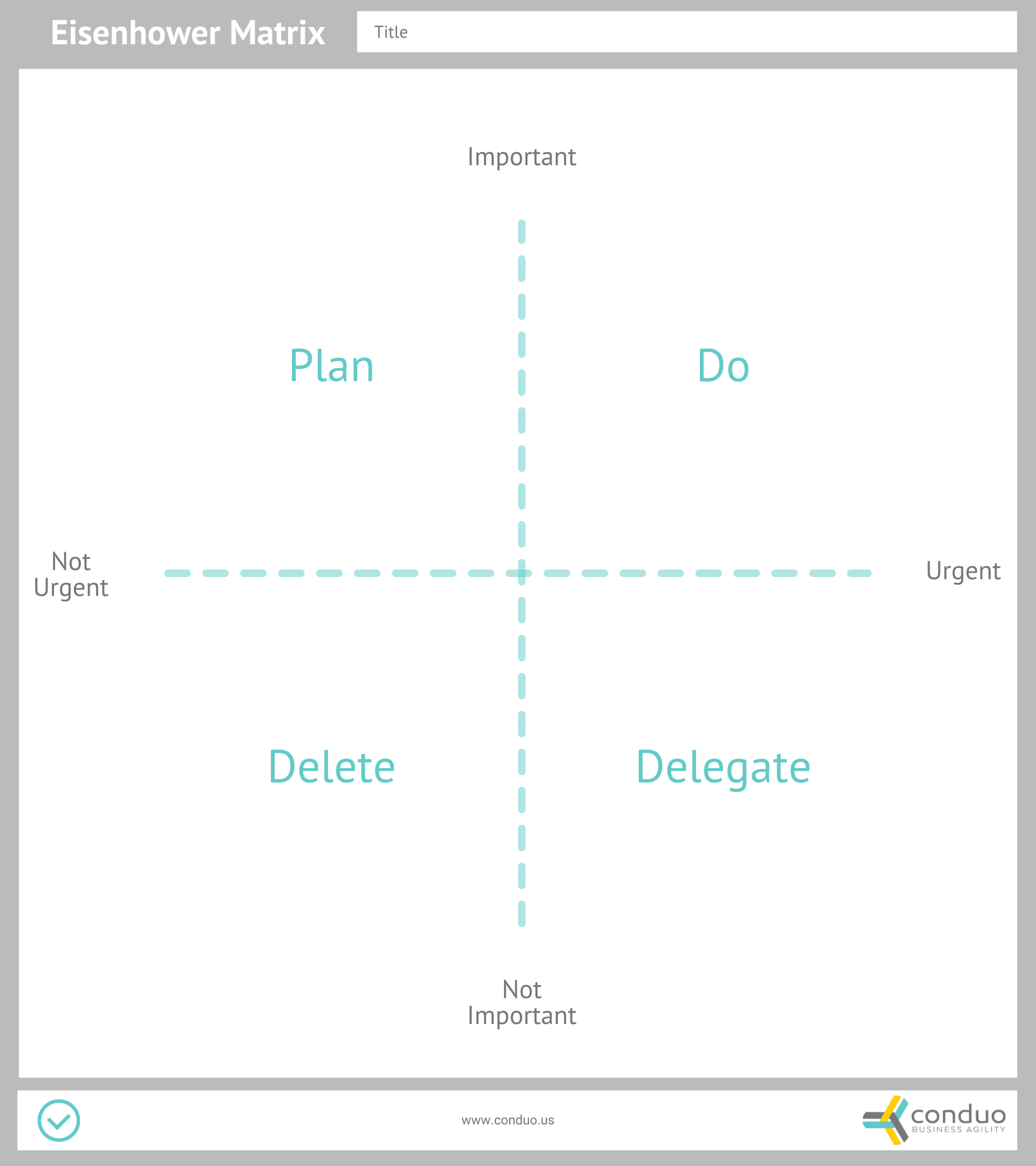3 Strategies to Quickly Evaluate New Ideas

By Julie Springer
May 18, 2022
What do you do when your boss comes to you with a big, important idea that they want you to have your teams start working on right away? It can feel like being stuck between a rock and a hard place. You want to meet the need, but it can be really challenging to quickly evaluate new ideas and decide how they fit in with the initiatives that have already been prioritized and planned for, and you don’t want to disrupt your teams.
Without a good approach, you are likely to miss out on important opportunities or to jump too quickly on something that feels urgent but isn’t truly important to take in immediately. Anything that comes in outside of a regular planning cycle is disruptive and bears a higher cost, so you need to be cautious, but also open to change.
Here are three strategies that can help you to quickly evaluate new ideas, with less stress and better results.
1 - Reserve capacity
One thing that makes it challenging to evaluate new ideas is if you don’t have any time available to look at them and make a good decision. When you plan for the quarter and each sprint, reserve some capacity for reviewing new ideas that come up. The amount of time you need to reserve depends on how many new ideas typically come up and how important it is to look at those ideas. To get a baseline, look back on a prior quarter and count the number of new ideas that required immediate consideration.
2 - Follow a lightweight process
Develop and follow a lightweight process to understand and evaluate new ideas. This helps you to know how much time to plan for and improves the quality of your evaluation because you are following a consistent process that you can improve over time. The process begins with a triage step, followed by a discovery step for ideas that require further consideration.
Triage Step
With a Triage process, all new ideas go through an initial assessment to determine whether they need to be evaluated now or if they can wait for the next regular planning cycle. For example, you might apply the Eisenhower Matrix, to determine whether the ideas are important and/or urgent.
- Important and Urgent: Do - Idea moves forward to the Discovery Step
- Important and Not Urgent: Plan - Idea will be included in the next regular planning cycle
- Not Important and Urgent: Delegate - Determine the minimal effort that can meet the need; consider delegating or automating
- Not Important and Not Urgent: Delete - Drop the idea

Discovery Step
For ideas that move to discovery, have a conversation with the stakeholder and representatives from the teams that will work on the idea to understand:
- Why: Understand the context and why this problem is important now
- Who: Identify the primary customers and stakeholders
- Outcomes: Define the end result and how you will measure success
- Challenges: Identify issues the team will need to be aware of as
they solve the problem
Download our Guide for step-by-step instructions on how to facilitate the discovery meeting, including a tool that makes it visual and collaborative.
3 - Adjust the plan
When you have completed discovery, the team should have enough information to evaluate the new idea against the work they have already prioritized and planned for. If the new idea is a higher priority, the team adjusts their plan to account for it. The time invested in triage and discovery pays off at this point, because everyone will be on the same page for the value of the idea and why it is being pulled in.
It’s important to have good communication, transparency and trust when adjusting the plan. The team needs to take time to further define the problem, identify a solution and estimate the effort to do the work. Once the effort is understood, communicate the impact to other features in the backlog. Make sure the team doesn’t feel pressured to work beyond their capacity. When something new comes in, something else must come out or move to a later date.
With these three strategies in place, you can welcome new ideas and opportunities because you will have confidence in how to get the information you need to make a good decision and incorporate changes in a way that works for stakeholders and team members.


